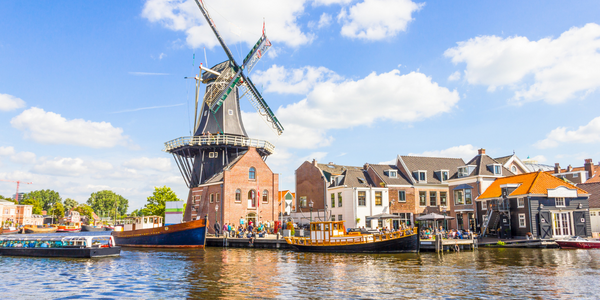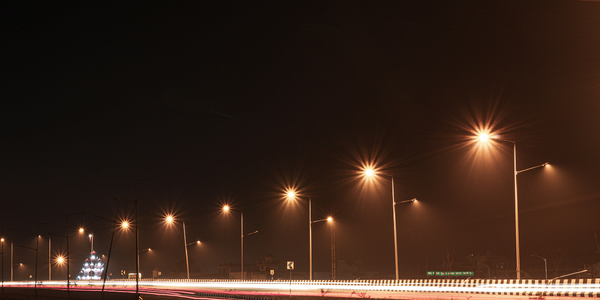Technology Category
- Platform as a Service (PaaS) - Application Development Platforms
Applicable Industries
- Buildings
- Cities & Municipalities
Applicable Functions
- Facility Management
- Human Resources
Use Cases
- Personnel Tracking & Monitoring
- Time Sensitive Networking
About The Customer
BNB Made Easy is a family-run Property Management Company (PMC) based in Orange, NSW, Australia. Founded by Tim Mortimer, a former schoolteacher, the company started as a small PMC and has grown into a full-scale hospitality and travel business. The company offers tours, events, and cultural activities that not only generate revenue but also benefit the entire community of Orange. BNB Made Easy has seen a massive increase in its portfolio by 2675% from 4 to 111 properties in just four years since its launch in 2018.
The Challenge
BNB Made Easy, a family-run Property Management Company (PMC) based in Orange, NSW, Australia, experienced a significant business boom since its inception in 2018. However, the company faced a major challenge when nationwide lockdowns due to the pandemic halted travel and business growth. The existing software they used relied heavily on manual processes and multiple platforms, which was time-consuming, reduced productivity, and affected staff morale. The company needed an agile Property Management System (PMS) that could adapt quickly to the evolving industry needs and allow the business to grow when travel restrictions were lifted.
The Solution
BNB Made Easy adopted Guesty’s Multi-Calendar and Unified Inbox, which consolidated all their information in one place, enhancing efficiency and saving valuable time. Regular check-ins with an account manager provided 24/7 support and facilitated quick onboarding. The company was also able to integrate with a range of industry-leading partners, including Breezeway and Duve, through Guesty. This integration allowed them to offer guests a more personalized experience, turning new prospects into returning guests. The company could now grow while maintaining its lean team, and it was ready to manage up to 150 properties without any changes.
Operational Impact
Quantitative Benefit

Case Study missing?
Start adding your own!
Register with your work email and create a new case study profile for your business.
Related Case Studies.

Case Study
Turning A Stadium Into A Smart Building
Honeywell created what it called the “intelligent system” for the National Stadium in Beijing, China, turning the venue for the opening and closing events at the 2008 Summer Olympics into a “smart building.” Designed by highly controversial artist Ai Weiwei, the “Bird’s Nest” remains one of the most impressive feats of stadium architecture in the world. The 250,000 square meter structure housed more than 100,000 athletes and spectators at a time. To accommodate such capacity, China turned to Honeywell’s EBI Integrated Building Management System to create an integrated “intelligent system” for improved building security, safety and energy efficiency.

Case Study
Energy Saving & Power Monitoring System
Recently a university in Taiwan was experiencing dramatic power usage increases due to its growing number of campus buildings and students. Aiming to analyze their power consumption and increase their power efficiency across 52 buildings, the university wanted to build a power management system utilizing web-based hardware and software. With these goals in mind, they contacted Advantech to help them develop their system and provide them with the means to save energy in the years to come.
.png)
Case Study
Smart Street Light Network (Copenhagen)
Key stakeholders are taking a comprehensive approach to rethinking smart city innovation. City leaders have collaborated through partnerships involving government, research institutions and solution providers. The Copenhagen Solutions Lab is one of the leading organizations at the forefront of this movement. By bringing together manufacturers with municipal buyers, the Copenhagen Solutions Lab has catalyzed the development and deployment of next-generation smart city innovations. Copenhagen is leveraging this unique approach to accelerate the implementation of smart city solutions. One of the primary focus areas is LED street lighting.

Case Study
Buoy Status Monitoring with LoRa
The Netherlands are well-known for their inland waterways, canals, sluices and of course port activities. The Dutch Ministry of Infrastructure indicates that there are thousands of buoys and fixed items in and near water environments that would profit from IoT monitoring. One of the problems with buoys for example, is that they get hit by ships and the anchor cable breaks. Without connectivity, it takes quite some time to find out that something has happened with that buoy. Not to mention the costs of renting a boat to go to the buoy to fix it. Another important issue, is that there is no real-time monitoring of the buoys at this moment. Only by physically visiting the object on the water, one gains insight in its status.

Case Study
Barcelona Case Study
Barcelona’s heavy traffic and its associated high levels of pollution were the primary factors that motivated some companies and universities to work on strategies for improving traffic in the city centre. Bitcarrier is one of the technologies involved in the In4Mo Project, whose main objective is to develop the applications that form the core of smart mobility, one of the fundamental pillars of the smart city concept.








